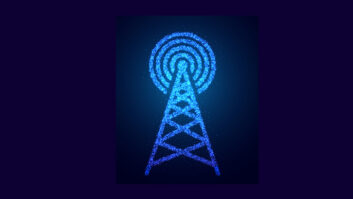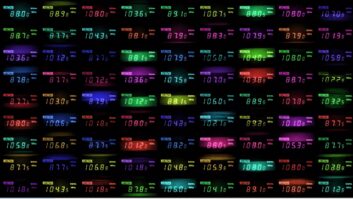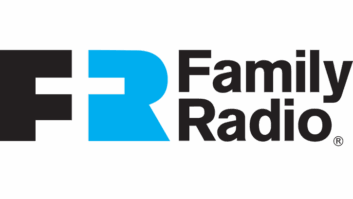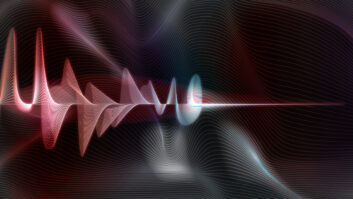The FCC’s proposal of a new formula to determine which radio stations can use the highest allowable power levels for their HD Radio FM stations excludes one type of station from doing so: superpowered FM stations.
Some stakeholders, like NAB and iHeartMedia, are pushing back against that caveat, downplaying interference concerns expressed by some commenters in the FCC proceeding.
The proposed digital power formula would permit the increase of digital FM power up to -10 dBc, or 10% of analog power, without the need for special authorization. However, in its Notice of Proposed Rulemaking, the FCC tentatively proposed that a superpowered FM station’s digital ERP should continue to be limited to the class maximum.
“Superpowered FM stations seeking to increase its digital power above -14 dBc would need to request experimental authorization or special temporary authorization for commission staff review on a case-by-case basis,” it wrote in the notice of proposed rulemaking.
Superpower FMs are defined as stations that have been grandfathered to allow higher power level operation than typically allowed for its class. There are about 60 in operation, most of which are Class B and located in larger markets.
[Related: “Xperi Discussing HD Radio Power Boost Proposal With Aviation Groups“]
Community radio advocate REC Networks in its original comments argued that the FCC should proceed with caution in granting increased sideband digital power for these superpower FMs. REC said that previously authorized superpowered FM stations should not be allowed to use the proposed formula because of potential harmful interference. And The NPRM proposes that such stations seeking to increase digital power above -14 dBc would need to seek experimental authorization on a case-by-case basis.
However, in its reply comments, REC softened its stance and said the superpowered FM stations deserve some opportunity to use the increase in digital power where appropriate.
Both NAB and iHeart say the FCC’s current approach to the higher-power FMs is overly restrictive and runs counter to the commission’s goal of promoting a robust digital radio service.
In addition, they observe that, unlike other stations, which have a blanket digital power authorization of -14 dBc total digital power, superpowered FM stations operate at a blanket authorization of -20 dBc, and “therefore, an extended table of maximum permissible FM digital ERP should be developed based on the same formula as the tables offered by Xperi and NAB, but extending downward to -20 dBc.”
iHeart in reply comments argued that the FCC should allow superpowered stations to calculate their permissible maximum digital power based on actual ERP using the revised IBOC formula in order to maximize efficient spectrum use.
“In the unanticipated event that interference is created, the same interference protections and remediation process should apply. What works for all other stations will also work for superpowered FM and their neighbors,” iHeart wrote.
The company says it has 400 FM stations running HD Radio. It’s unclear how many of those are superpowered FMs. An email sent to iHeart for clarification was not returned.
Mount Wilson FM Broadcasters is another commenter asking the FCC not to exclude supers from the benefits of a rule change.
Mount Wilson operates superpowered KKGO(FM) in Los Angeles, which it says is subject to the same issues as other stations operating at a lower digital power limit. “KKGO must therefore reduce its coverage over what is provided in analog — resulting in a more attenuated digital signal subject to more dropouts, less penetration in buildings and more reception problems in the irregular terrain in the Los Angeles area,” it wrote.
[Related: “FCC Proposal to Boost HD Power Receives Strong Support“]
It turns out the high elevation of the KKGO transmitter site on Mount Wilson also makes low-power digital reception in lower elevations difficult, especially during periods when there are inversion layers in the atmosphere in the Los Angeles area, which are becoming more common, the company said.
Mount Wilson told the FCC that limiting digital power increases of supers will disappoint digital listeners and undercut the incentive of the stations to promote digital listening. “This is especially apparent in the case of KKGO, which provides its audience members with a rebroadcast of its AM classical music station on its HD2 subchannel, in addition to its primary country music format.” It believes adequate provisions and remedies are in place to protect other first-adjacent full-power FM stations from interference.
“The commission should encourage innovation and investment in HD Radio by adopting rules which seek to incentivize the rapid deployment of digital FM operations while providing reasonable and adequate protections for incumbent operators against interference caused by superpowered FM stations operating digitally,” it wrote.
Xperi, the developer and licensor of HD Radio technology, says there are approximately 2,600 U.S. FM stations using HD Radio.
You can view comments made to the FCC about the proposal to update digital power level formulas on the FCC website. Refer to MB Docket No. 22-405.







